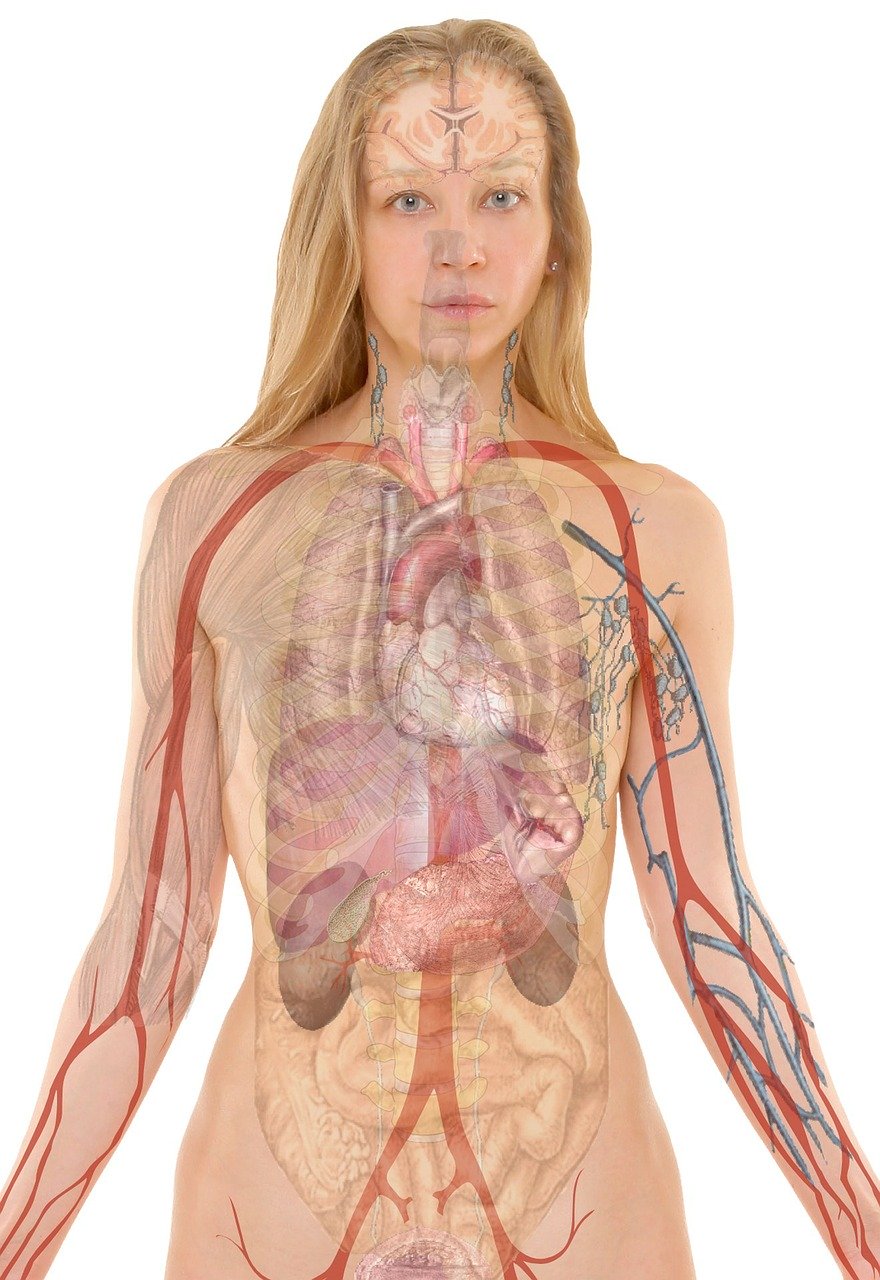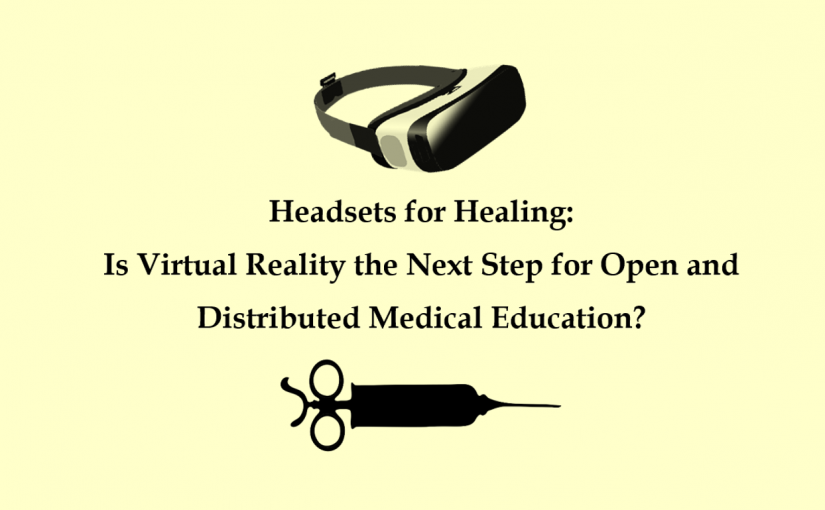Currently, in-person instruction is the foundation of medical education in Canada. This includes observing cadavers in labs and real patients in clinical settings. These unique experiences are why medical tuition is so high (Sayed, Rodrigues, Reedman, & Mcqueen, 2019). If medical education shifts away from these face-to-face educational experiences and implements simulations instead, the fundamental structure of medical education will have to adapt. I believe this shift may be appealing to learners who wish to pay less for medical education. However, this shift may be less appealing to medical faculties who believe they already use the most effective and lucrative method for teaching future doctors.
Some medical professors are hesitant about adopting VR simulations because VR cannot replicate training environments or human bodies with 100% accuracy. Dr. Michelle Moscova, a medical professor from Australia, argues that VR will never replace in-person laboratory components of medical education because each human body has too many anatomical differences that cannot be captured through simulation (Moscova, 2016). I agree that each human body has unique intricacies. Of course, medical students must be exposed to these details. However, VR can still be effectively used to replace the initial laboratory lessons as students learn basic skills and procedures. Once this foundation is laid, students can move on to in-person laboratory or clinical lessons.

Navigation
- Introduction
- How is VR Currently Used in Medical Education?
- Students
- Ease of Use
- Cost
- Teaching
- Interaction
- Organizational Issues
- Novelty and Networking
- Security and Privacy
- Conclusion and Question
- References and Attribution
License
This work is licensed under Creative Commons (CC) Attribution 4.0 International

